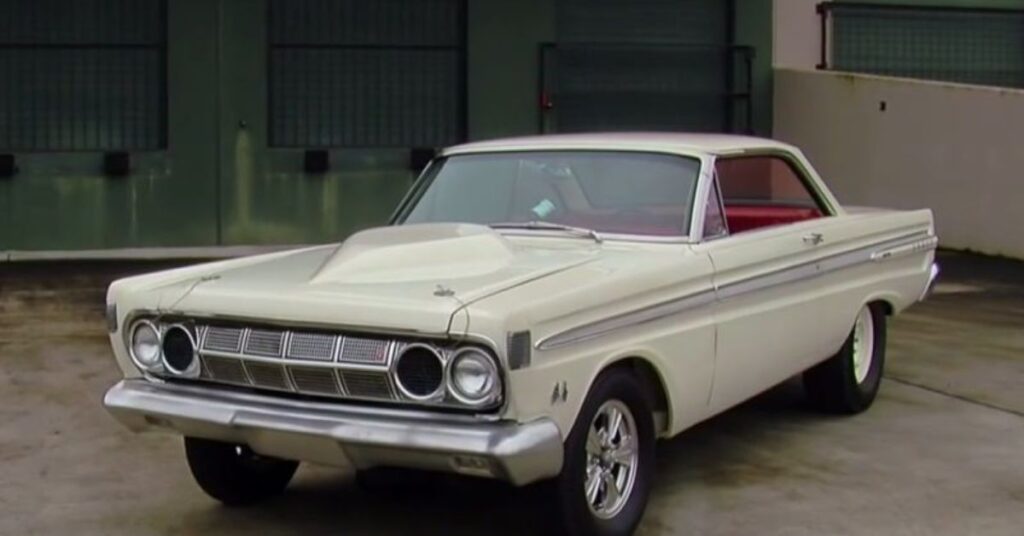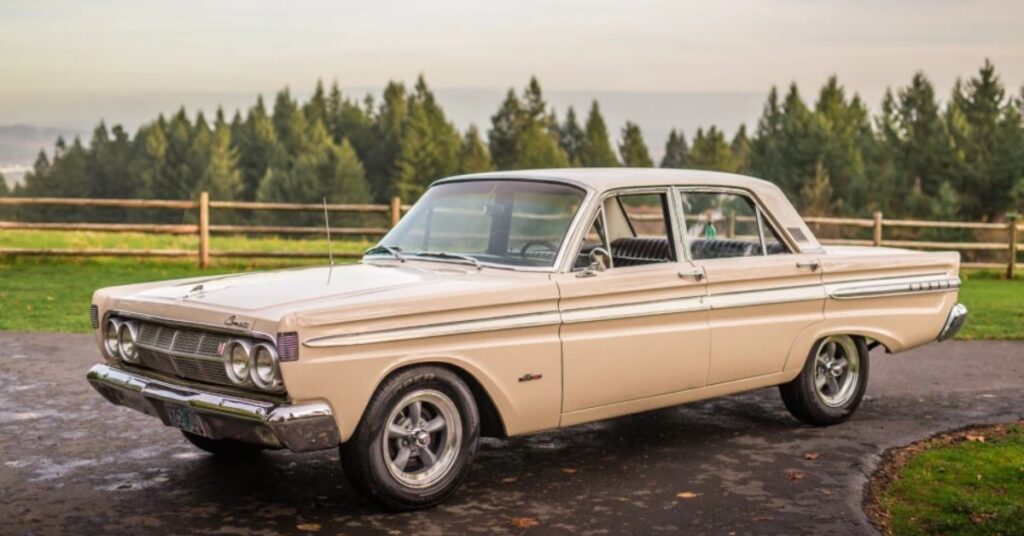In 1964, Mercury unleashed a true automotive marvel that would forever etch its name in the annals of speed and power: the Mercury Comet A/FX 427. With its groundbreaking design and unbridled performance, this legendary machine set new standards in the world of American muscle cars, leaving car enthusiasts awe-inspired and competitors trembling in its wake.
Super Stock and the Rise of Drag Racing
Drag racing gained immense popularity in the 1960s, capturing the hearts of automotive enthusiasts across the United States. One of the classes that fueled the excitement was super stock. Super stock racing involved cars that were equipped with factory-installed parts, enabling them to perform significantly better than their standard counterparts while still resembling stock vehicles.
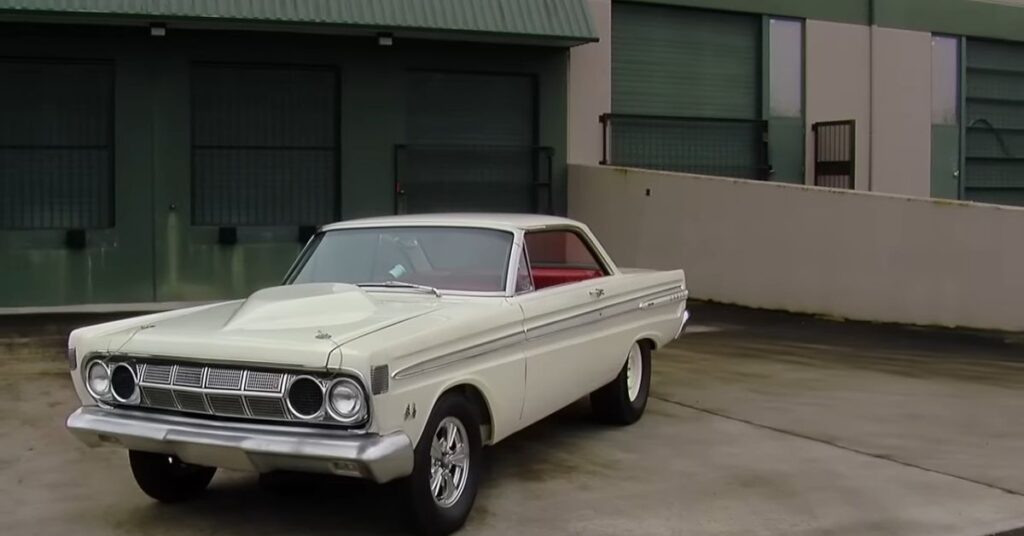
Building upon the success of super stock racing, automakers ventured into the realm of factory experimental (FX) cars. These vehicles took the concept of enhanced performance a step further. While still utilizing factory original parts, FX cars featured configurations that were not available to the general public. This exclusivity added to their allure, making them highly sought after by drag racing enthusiasts.
The 1964 Mercury Comet: A Lightweight Contender
The 1964 Mercury Comet, part of the compact car segment, was an ideal platform for creating a formidable factory experimental vehicle. The standard Mercury Comet offered a maximum of 271 horsepower with its super 289 engine. However, Mercury engineers decided to push the limits and developed a select few Comets with a monstrous 425 horsepower dual quad 427 engine.
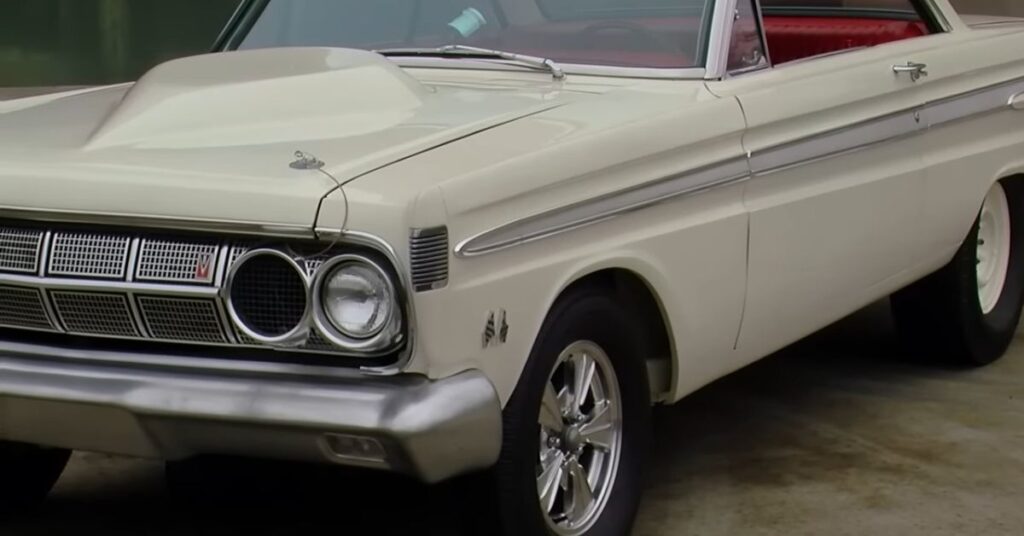
The Powerhouse: Mercury Comet A/FX 427
The Mercury Comet A/FX 427 is an iconic powerhouse that left an indelible mark on the drag racing scene. Produced by Ford in 1964, it was specifically designed for one purpose: to dominate the quarter-mile strip. This beast of a car was built to push the limits of speed and performance, with its massive engine and sleek aerodynamic design.
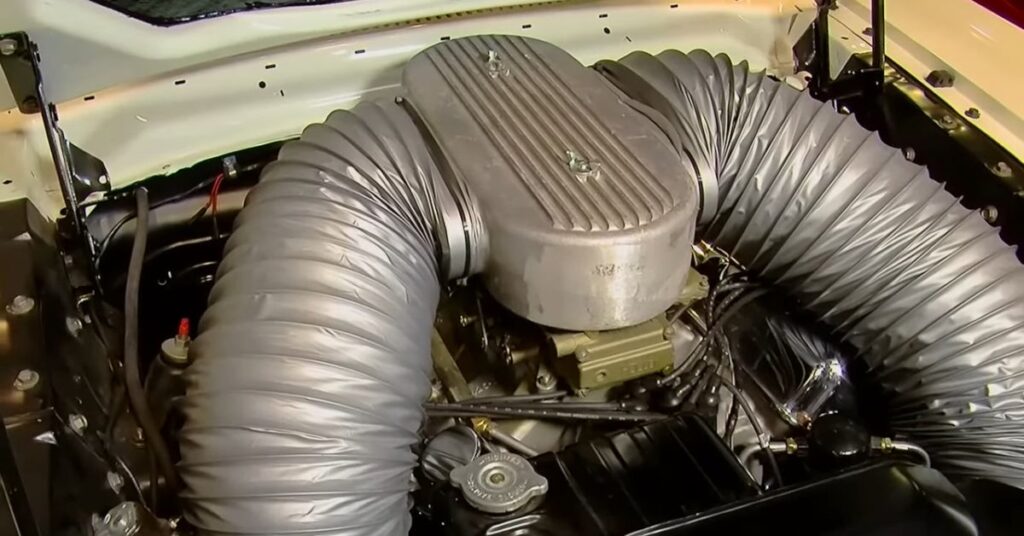
At the heart of the Mercury Comet A/FX 427 was its legendary powertrain. It was equipped with a thunderous 427 cubic-inch V8 engine, producing an astounding amount of horsepower. This engine was specially modified for drag racing, featuring high-performance components, including a solid lifter camshaft, forged pistons, and a dual-quad carburetor setup. The result was a raw and explosive power that launched the car off the line with incredible force.
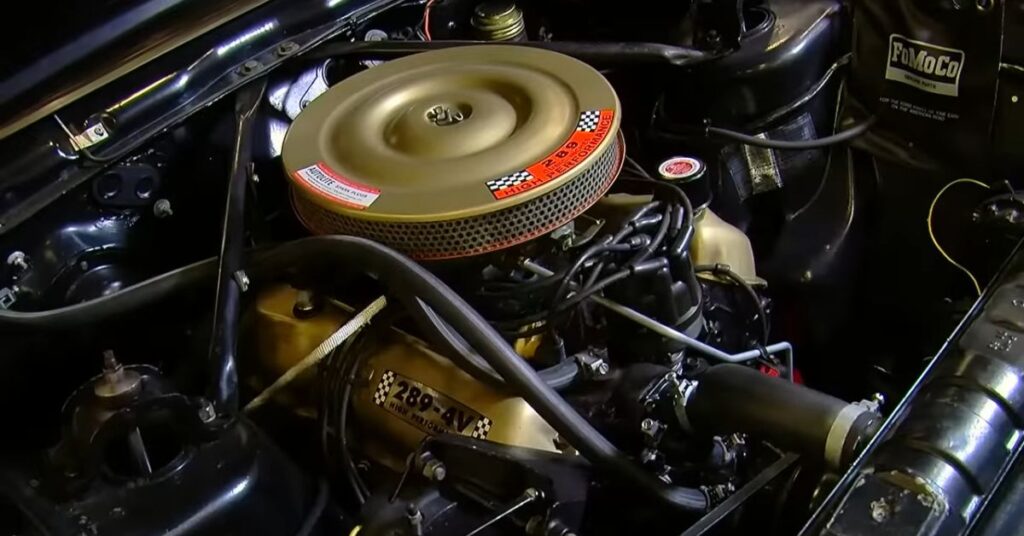
The Mercury Comet A/FX 427’s dominance on the drag strip was further enhanced by its lightweight construction. Ford engineers stripped the car of unnecessary weight, incorporating lightweight materials such as fiberglass for the front fenders, hood, and doors. This weight reduction, combined with its powerful engine, gave the Comet a significant advantage over its competitors. It was able to accelerate quickly and maintain impressive speeds, making it a force to be reckoned with on the drag racing circuit.

Beyond its incredible performance, the Mercury Comet A/FX 427 also captured the imagination of racing enthusiasts with its distinctive appearance. It featured a modified body with a lowered stance, wider wheel arches, and large rear tires for enhanced traction. The bold paint schemes and graphics added to its aggressive aesthetic, making it an eye-catching presence both on and off the track. Today, the Mercury Comet A/FX 427 remains an iconic symbol of drag racing history, representing the power and excitement of the golden era of American muscle cars.
5. Factory Experimental Features
To meet the demands of drag racing, the Mercury Comet A/FX underwent a series of modifications. The weight reduction program extended beyond the car’s exterior, with lightweight Ford van seats replacing the standard seats. Sound deadening, seam sealer, and heat insulation were eliminated to shed unnecessary weight. The dashboard was stripped of non-essential components, leaving only essential gauges and controls.
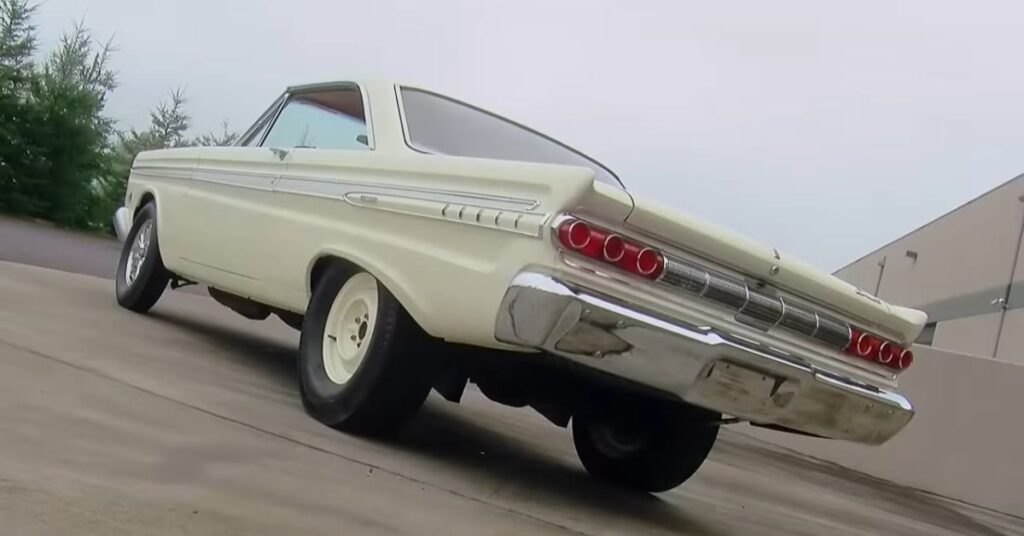
The Mercury Comet A/FX 427 was a significant player in the factory experimental racing scene. With only 21 A/FX cars ever produced, each vehicle became a legend in its own right. Renowned drag racers, including Ronnie Sox and Dino Don Nicholson, piloted these powerful machines, cementing their reputation as formidable contenders on the drag strip.
The Interior
Inside the Mercury Comet A/FX 427, the focus was on creating a driver-centric environment that catered to the demands of drag racing. The interior was stripped down to its bare essentials, shedding unnecessary weight and providing a no-frills experience. The cockpit featured lightweight bucket seats with minimal padding, designed to firmly hold the driver in place during high-speed launches and quick maneuvers.
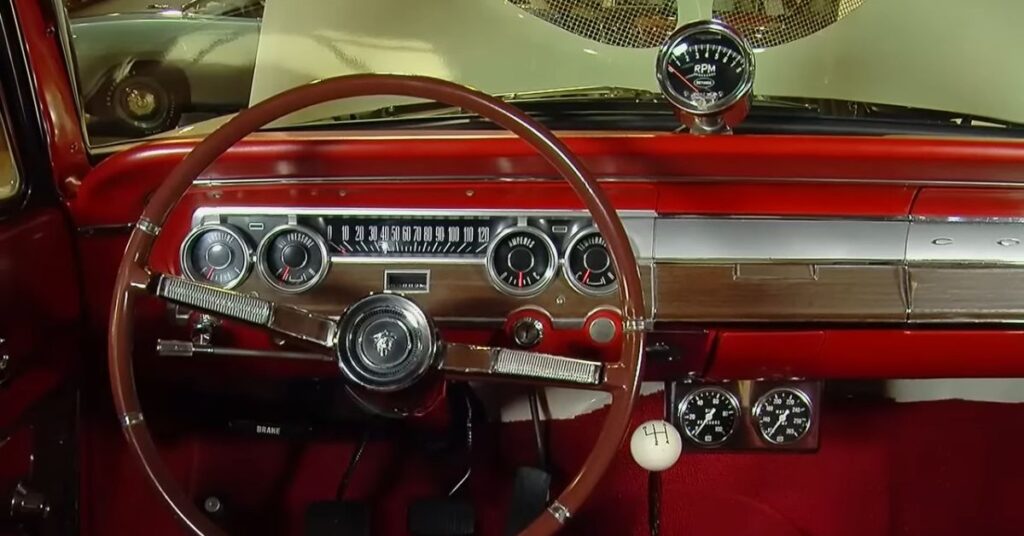
The dashboard of the Comet A/FX 427 was kept simple and functional. It housed a set of analog gauges, providing vital information such as engine RPM, speed, and oil pressure. A large tachometer took center stage, allowing the driver to monitor engine performance with precision. The absence of unnecessary distractions ensured that the focus remained on the race ahead.
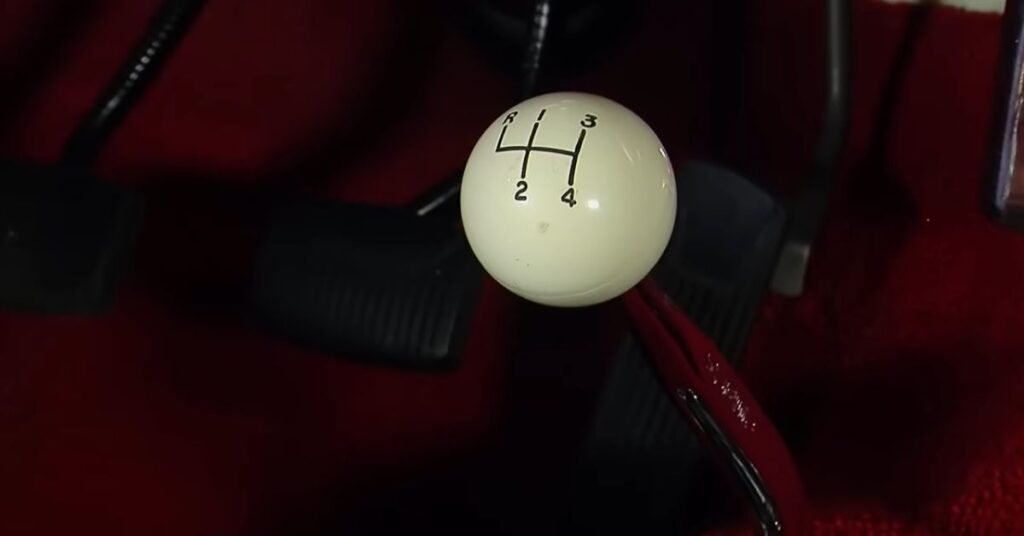
To further reduce weight, the interior of the Mercury Comet A/FX 427 featured lightweight door panels and a minimalist center console. The door panels were stripped of any excessive trim and insulation, emphasizing the car’s racing pedigree. The center console housed essential controls, such as the gear shifter and manual transmission linkage, ensuring quick and precise gear changes.

In line with its purpose-built nature, the Mercury Comet A/FX 427 offered few creature comforts. The car had no air conditioning, power windows, or luxurious upholstery. Instead, the interior was all about function and performance, allowing the driver to focus solely on extracting every ounce of power from the roaring engine.
Preservation and Restoration
While many A/FX cars underwent extensive modifications during their racing careers, some survived in remarkably well-preserved condition. The featured 1964 Mercury Comet A/FX 427 has been beautifully restored, showcasing its original experimental components. This rare example serves as a testament to the craftsmanship and dedication of its creators and restorers.
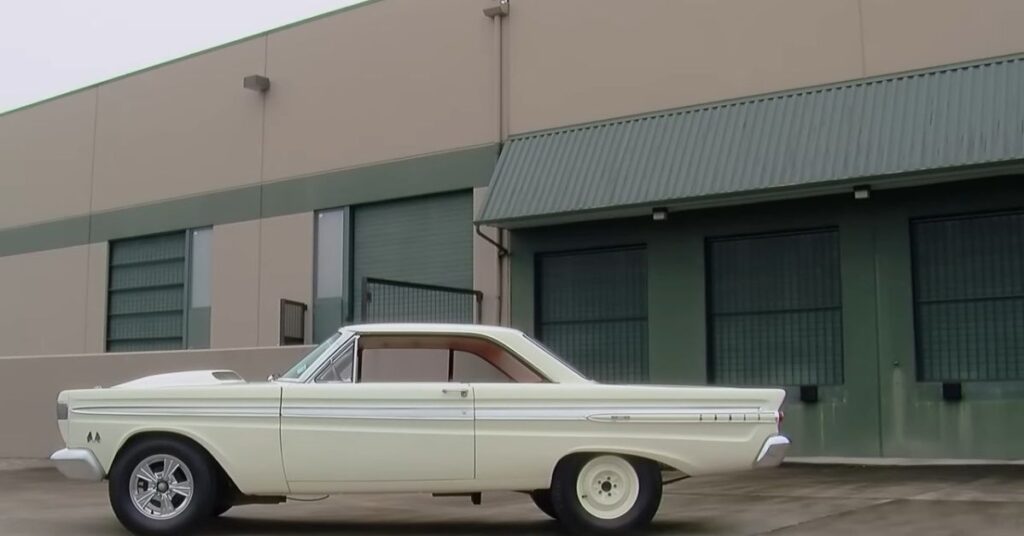
The Mercury Comet A/FX 427, despite its incredible performance capabilities, often wore unassuming paint jobs. This particular vehicle rolled off the factory line in a plain white finish. However, this simple exterior provided an excellent canvas for Mercury dealers to customize the cars with eye-catching lettering, sponsor names, and unique paint schemes.
Conclusion
The 1964 Mercury Comet A/FX 427 stands as a testament to the golden age of drag racing. Its factory experimental status, powerful engine, and unique features make it an icon of automotive history. Whether you appreciate the bone stock muscle cars of the era or the purpose-built racers like the A/FX car, the Mercury Comet A/FX 427 is sure to captivate automotive enthusiasts with its thrilling performance and rich heritage.
